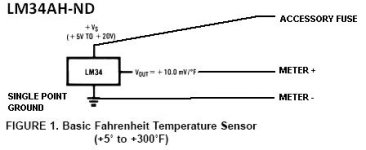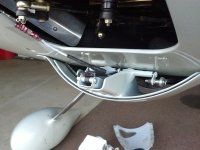I have 2 Earth X batteries FWF one located stock location RV-14 and the other low pilot's side. (Close to the exhausts) Anti-Splat heat shields to help protect the lower battery) Blast tube on the lower battery but before EarthX made their heat shield polished chrome version. (Which I think are very, very nice) I have 2 O-ring thermocouples attached to my G3X tucked down inside the battery box's. I also have 2 strip temperature indicators attached to the top of each battery box. (Purchased from Amazon) Plans FWF battery (Upper passenger side) runs ~ 35 to 45 F over ambient once allowed to equilibrate in cruise. Lower battery runs 55 to 65 F over ambient again once allowed to equilibrate. My lower battery if I sit waiting for departure will set off the EarthX temperature warning. After I get to cruise altitude goes off. 3 years and 450 hrs. of use I have 95% ampacity left in the upper battery and 85% left in the lower one. Measuring residual ampacity, a good thing. Starter is Skytech NL and not the lightweight model. B&C primary and pad mount alternators. My plan is to change out the lower battery next conditional and the upper battery 2 years later.






